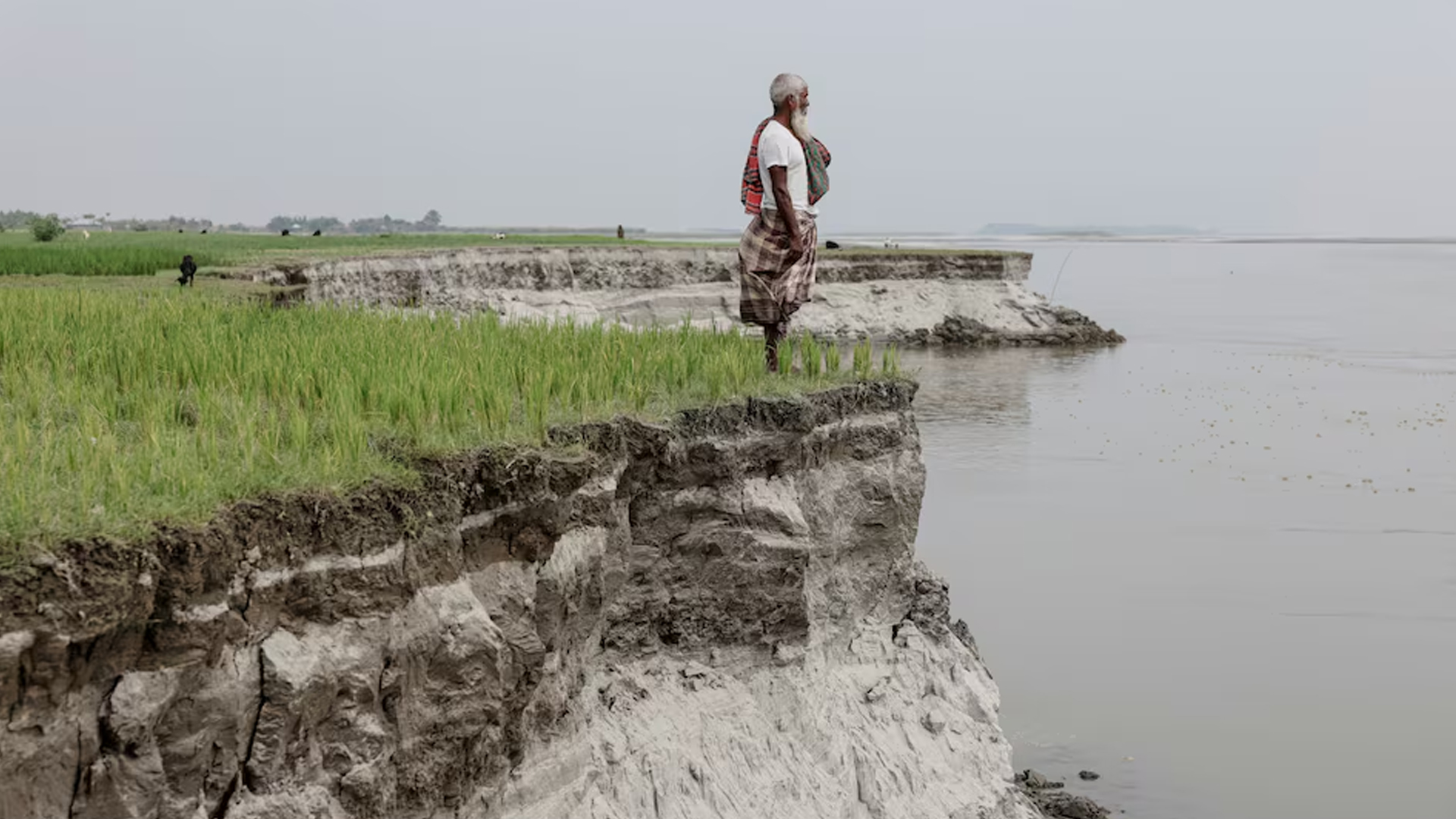ORLD BANK LIFTS CHINA 2025 GROWTH OUTLOOK TO 4.8%, WARNS OF 2026 SLOWDOWN

Upgrade for 2025, caution for next year
The World Bank raised China’s 2025 GDP forecast to 4.8% from 4.0%, citing better-than-expected near-term momentum across East Asia and the Pacific—even as the Bank cautioned growth will likely slow to 4.2% in 2026. The region overall is pegged at 4.4% in 2025. The report attributes next year’s deceleration to weaker external demand, fading fiscal support amid higher public debt, and structural headwinds from property and demographics. For policymakers in Beijing, the message is two-track: limited stimulus can smooth 2025, but medium-term reforms—productivity, social safety nets, and market access—matter more for stability. Markets are watching whether “around 5%” remains a political target or a ceiling.
Implications for Asia and supply chains
A sturdier 2025 baseline could steady trade partners that hinge on Chinese demand, from ASEAN exporters to commodity suppliers. But the 2026 warning keeps boardrooms cautious on big-ticket capex tied to China-centric bets. For Bangladesh and South Asia, the Bank’s regional notes highlight tariff and trade-barrier risks, suggesting diversification and logistics upgrades to buffer volatility. Global supply chains face a mixed picture: electronics and autos may benefit from short-term restocking, while construction inputs stay soft if China’s property drag persists. Investors will parse monthly data for signs that services, consumption and semiconductors can offset external slack—and whether reforms gain traction before stimulus fatigue and grid constraints curb industrial output.






















